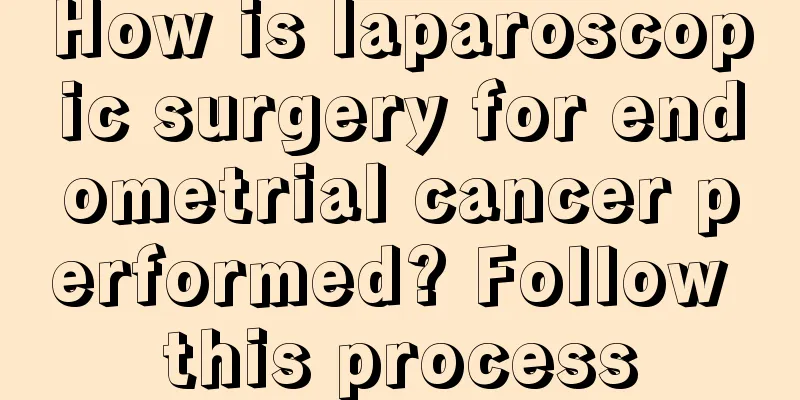Experts explain important nasopharyngeal cancer examination methods

|
In addition to clinical symptoms, the examination of nasopharyngeal carcinoma in clinical practice also relies more on medical instruments to examine nasopharyngeal carcinoma, which is more beneficial to patients. What are the common examination methods for nasopharyngeal carcinoma ? The following will tell you about the common examination methods for nasopharyngeal carcinoma. In general, the common examination methods for nasopharyngeal carcinoma are: Fiberoptic nasopharyngoscopy: Fiberoptic nasopharyngoscopy can be performed by first using 1% ephedrine solution to contract the nasal mucosa and expand the nasal passages. Then, 1% dicaine solution is used to anesthetize the nasal passages. Then, the fiberscope is inserted from the nasal cavity, and the microscope is pushed forward while being observed until it reaches the nasopharyngeal cavity. This method of nasopharyngeal cancer examination is simple and the mirror is well fixed, but the observation of the posterior nasal cavity and the anterior wall of the roof is not satisfactory. Anterior rhinoscopy: After the nasal mucosa is retracted, the posterior nostril and nasopharynx can be seen through the anterior rhinoscopy, and cancerous tumors that have invaded or are adjacent to the nostrils can be found. This is one of the common examination methods for nasopharyngeal carcinoma. Nasopharyngeal endoscopy: This method is simple and practical. When examining nasopharyngeal carcinoma, the walls of the nasopharynx should be examined in turn, with attention paid to the posterior wall of the nasopharyngeal roof and the pharyngeal recesses on both sides. The corresponding parts on both sides should be compared and observed. Any asymmetric submucosal protrusions or isolated nodules on both sides should be paid special attention. Neck biopsy: For cases that have not been diagnosed by nasopharyngeal biopsy, neck mass biopsy can be performed, which is also a common method of nasopharyngeal carcinoma examination. Generally, it can be performed under local anesthesia. During the operation, the earliest solid lymph node should be selected, and the capsule should be removed as a whole. If excisional biopsy is difficult, a wedge-shaped biopsy can be performed at the mass. The tissue must be cut to a certain depth and squeezed. At the end of the operation, the surgical field should not be sutured too tightly or too densely. The above is a description of the common examination methods for nasopharyngeal cancer. I believe everyone has some understanding of this. Once diagnosed with nasopharyngeal cancer, you must go to the hospital for treatment immediately to avoid causing serious adverse effects on the patient's condition. |
<<: Analyzing the common causes of brain cancer in children
>>: Introduction to several common diagnostic methods for brain cancer
Recommend
How to properly care for teratoma after surgery
Teratoma is an ovarian tumor that originates from...
What is the function of acid-alkali cleaning agent
Acid-base cleaners are mainly used to dissolve di...
Which acupoints should be massaged for constipation? Acupoint massage method for constipation
For friends who suffer from constipation, if you ...
Benefits of Liuwei Dihuang Pills for men
Many men are very familiar with Liuwei Dihuang Pi...
Serum myoglobin
Serum myoglobin is an important substance in the ...
What are the symptoms of excessive sadness?
Symptoms of excessive sadness may lead to liver q...
How to quickly reduce internal heat
The problem of getting angry has always troubled ...
What are the biological treatments for lung cancer? Detailed explanation of specific biological treatments for lung cancer
Lung cancer is a serious disease that endangers p...
What is the cause of acute gastric dilatation
Acute gastric dilatation cannot be ignored, becau...
What is the difference between microwaves and light waves?
I believe most people are familiar with microwave...
What items should be reviewed after hemisection of thyroid cancer
Postoperative follow-up for hemisection of thyroi...
How are acute brain tumors treated?
Patients with acute brain tumors will show sympto...
Which is better, climbing stairs or running
Nowadays, there are many different ways to exerci...
What does TSH mean after hemisection of thyroid cancer
TSH refers to thyroid stimulating hormone after h...
What should I do if my baby falls asleep with a bottle?
I believe many parents have encountered such a si...









